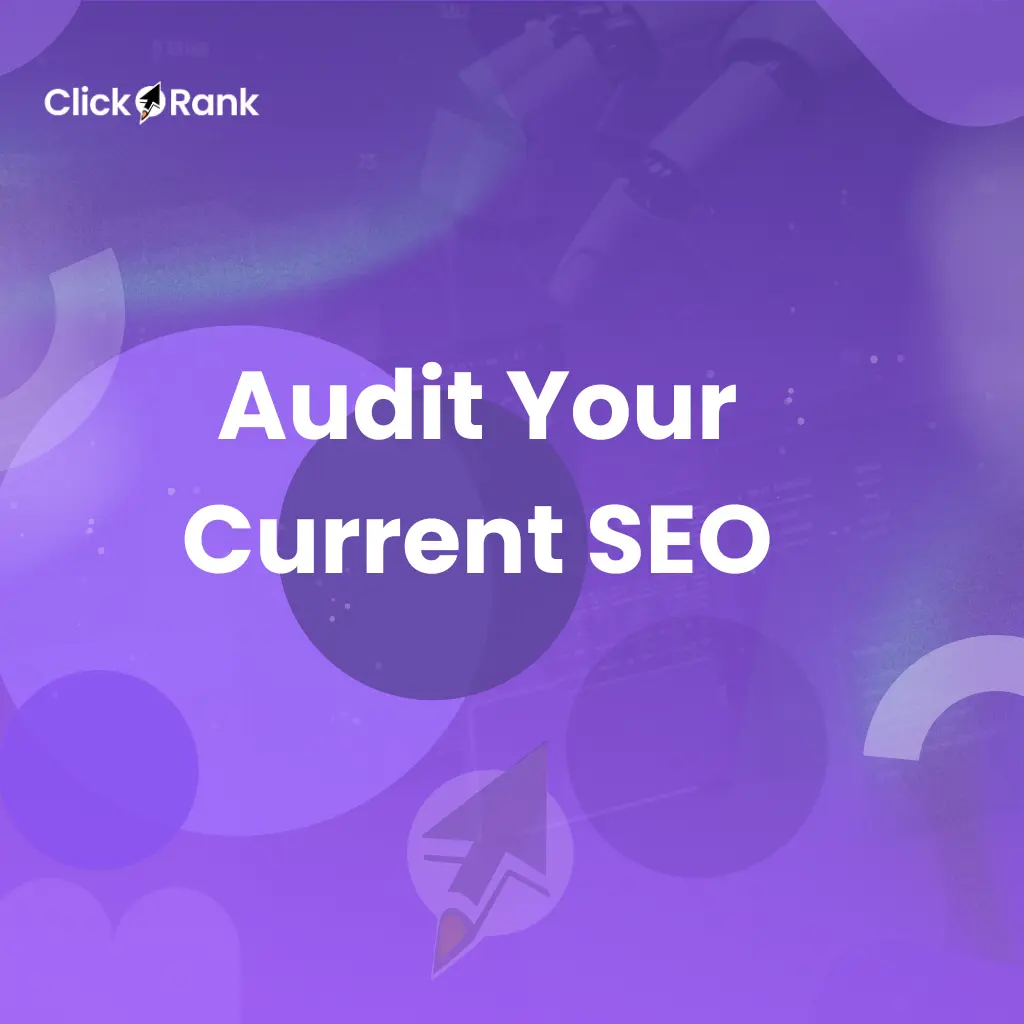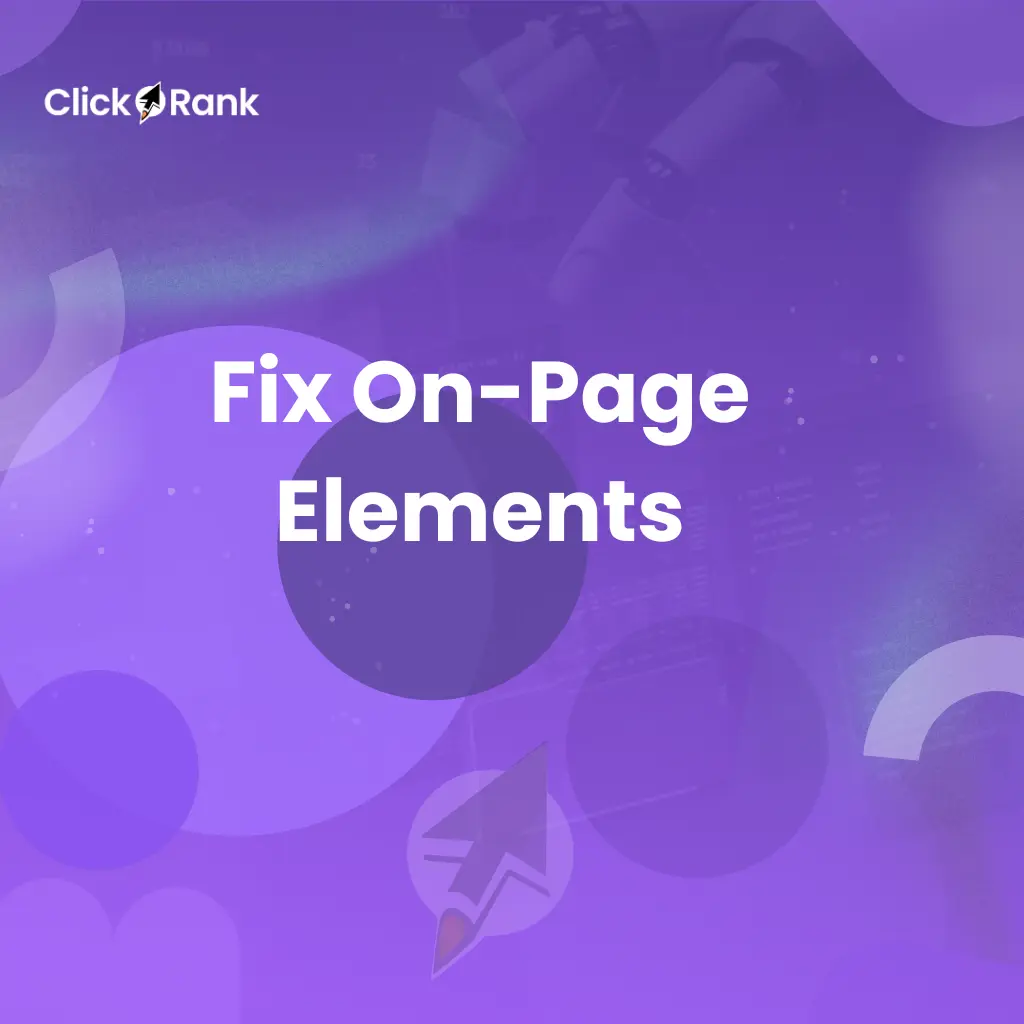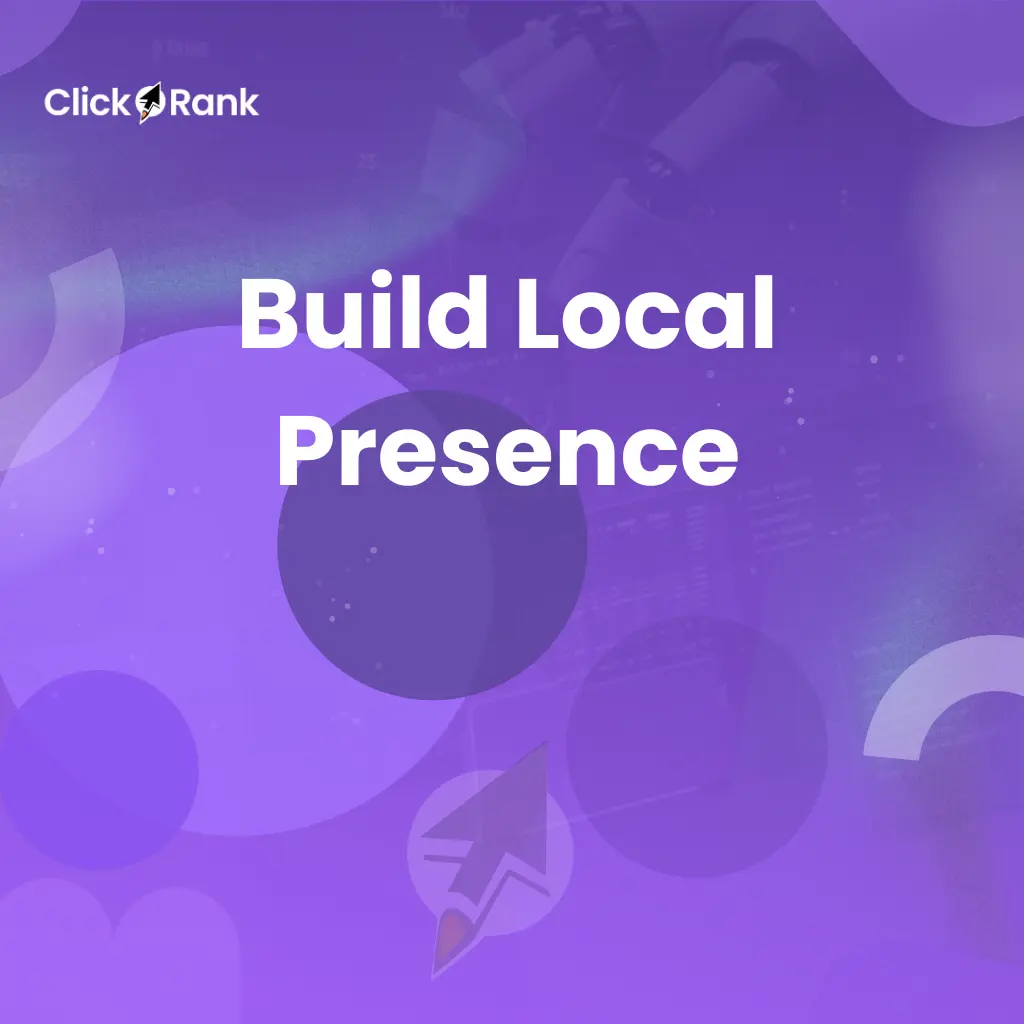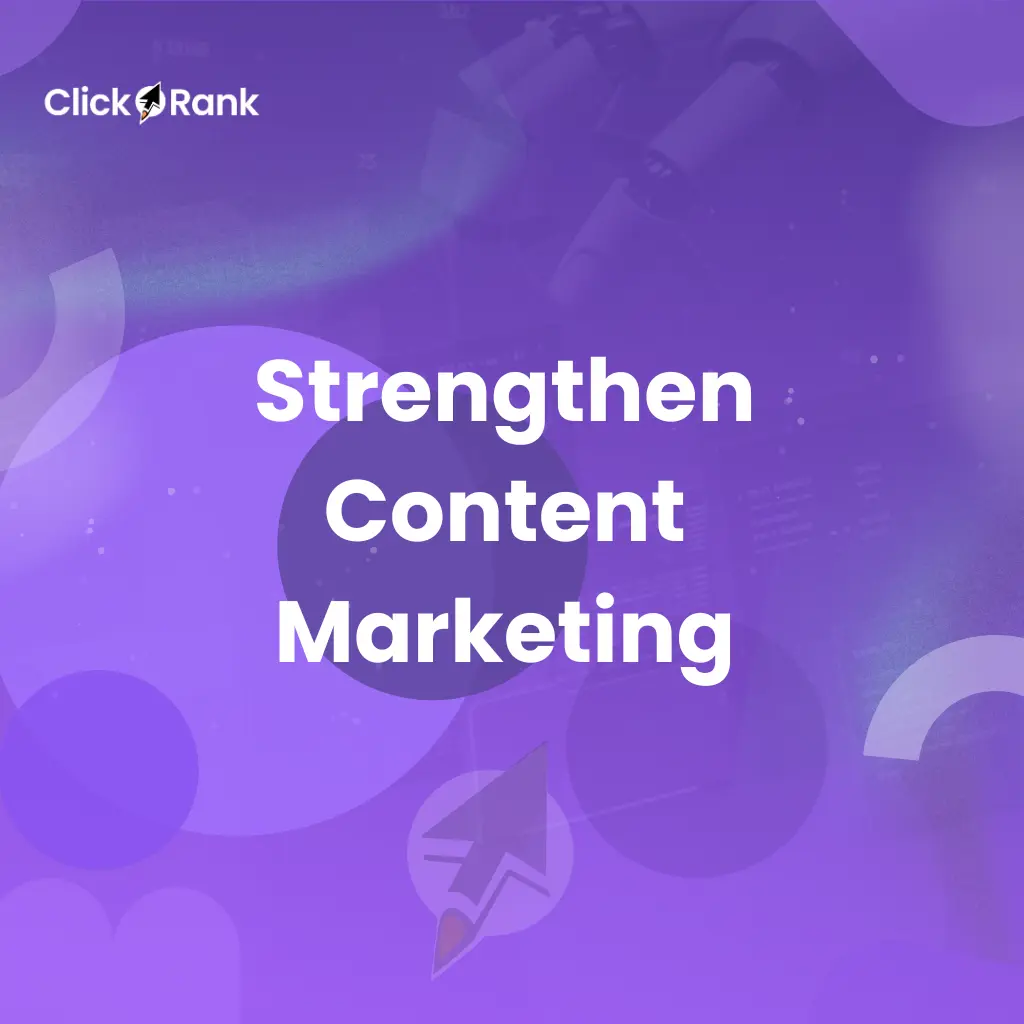SEO for Business Consultants: A Practical Guide
Many consultants lose leads because potential clients never find them online. If your service pages are hidden, or your Google Business Profile is incomplete, you miss opportunities every day. With ClickRank, I can fix SEO issues in one click meta tags, internal links, or page speed. In this guide, I’ll show you how to use SEO to attract the right clients, build authority, and grow your consulting practice without wasting hours on manual tasks.
What Is SEO for Consultants?
Search optimization for consulting services is not just about rankings. it’s about visibility, authority, and trust. Here’s how it works.
Definition of SEO for Consulting
SEO tailored for consulting professionals means optimizing your website, content, and local presence so decision-makers can find you. It covers everything from title tags, header tags, and internal links to service pages and client testimonials.
Purpose and Benefits
The goal is visibility in Search Engine Results Pages (SERP). A strong presence increases qualified leads, conversions, and brand reputation. By using structured data like LocalBusiness schema and Review schema, you can highlight star ratings and testimonials directly in results.
Role in Digital Marketing Strategy
SEO works with content marketing, social media signals, and digital PR. For consultants, it ensures blog posts, case studies, and ROI guides reach business owners during key decision stages.
Without SEO, your website risks becoming an orphan page lost in search results. With it, every page becomes a trust signal, building your authority and helping prospects book consultations.
Understanding User Intent
Clients move through stages: awareness, consideration, and decision. Each stage requires the right type of content.
Awareness Stage
Blog posts, FAQs, and cost guides educate clients. Here, informational search intent dominates. Optimized headings and meta descriptions help your content appear in featured snippets and People Also Ask results.
Consideration Stage
Service pages, comparison blogs, and case studies answer commercial intent. Use internal links to connect pillar pages with detailed subtopics, keeping content silos clear and crawl budget efficient.
Decision Stage
At this point, strong CTAs, consultation forms, and trust badges (licenses, awards, certifications) are key. Using conversion tracking with GA4 and CRM integration ensures every lead is measurable.
Matching intent is what separates thin content from pages that convert. By aligning blogs, service area pages, and testimonials with search intent, you guide prospects naturally from discovery to booking.
Local SEO Essentials
Local visibility is critical for consultants serving specific areas. Here’s how to dominate near-me searches.
Google Business Profile
Claim your GBP, set categories, list services, and encourage reviews. GBP Insights shows how clients find you. Use review schema for rich snippets.
NAP Consistency and Citations
Keep your name, address, and phone (NAP) consistent across directories, chambers of commerce, and industry listings. Tools like BrightLocal or Whitespark can track inconsistencies.
Map Pack and Service Area Pages
Optimize city landing pages with unique content. Add service schema and local keywords to improve Map Pack rankings.
When NAP inconsistencies or duplicate GBP listings exist, trust drops. Consistent local SEO boosts star ratings, review snippets, and client trust.
On-Page SEO That Builds Authority
On-page SEO helps consultants prove authority with clear, structured, and optimized pages.
Meta Tags and Headers
Title tags, meta descriptions, and H1–H6 headers must align with intent. ClickRank One-Click Fixes correct missing or weak meta tags instantly.
Internal Linking and Topic Clusters
Build content silos with internal links. For example, a pillar page on “on-page SEO” can link to service pages, blog posts, and case studies.
Image Optimization and Proof Elements
Compress images for Core Web Vitals, use descriptive alt text, and showcase testimonials or case studies with review schema.
On-page SEO signals expertise. Every optimized image, alt text, or breadcrumb improves both indexing and trust.
Content Marketing for Consultants
Strong content shows authority. Use it to answer questions and prove ROI.
Blog Posts and FAQs
Write blogs addressing common business questions. Use schema like FAQPage to win rich results.
Whitepapers, Webinars, Video
These formats target decision-makers. Video content, webinars, and downloadable whitepapers increase backlinks and brand mentions.
Cost and ROI Guides
ROI-focused content builds commercial trust. Use conversion tracking and call tracking to show proof.
Good content doesn’t just attract clicks.It builds long-term brand authority through backlinks, social media signals, and LinkedIn engagement.
Technical SEO
If your site is slow or unsecure, clients bounce. Technical SEO keeps your foundation strong.
Core Web Vitals and Responsive Design
Optimize LCP, INP, and CLS for user experience. Ensure mobile-friendliness and SSL certificates.
Crawlability and Indexing
Maintain XML sitemaps, robots.txt, and a logical URL structure. Avoid orphan pages and broken links.
Structured Data
Add LocalBusiness, Service, Review, and BreadcrumbList schema. This improves sitelinks and visibility in SERP features.
Without technical SEO, even strong content may face manual actions or indexing issues. With it, every page becomes discoverable and secure.
Off-Page SEO and Authority
Your online reputation extends beyond your domain. Here’s how to grow it.
Backlinks and Directories
Earn links from industry directories, journals, and chambers of commerce. Quality matters more than quantity.
PR and Brand Mentions
Appear on podcasts, share press releases, and get digital PR mentions. This builds authority and improves E-E-A-T.
Social Proof and LinkedIn Signals
LinkedIn engagement and social media signals boost brand credibility. Encourage user-generated content like reviews and testimonials.
Off-page SEO is about reputation management. When you combine backlinks, PR, and reviews, you earn long-term trust.
Why Choose Smart SEO with ClickRank?
Traditional SEO takes weeks of audits and developer time. ClickRank simplifies everything with AI.
Fast SEO Audit
The ClickRank Audit connects to Google Search Console to find issues quickly.
One-Click Fixes
Automatically repair missing meta tags, broken links, or duplicate content.
Smart Recommendations
Get prioritized tasks based on real data from GA4, GBP Insights, and CRM integration.
On-Page Optimization
Improve CTRs, keyword alignment, and internal linking without coding.
With ClickRank, I no longer waste hours checking crawl budget, fixing indexing errors, or rewriting thin content. Instead, the tool gives me smart, actionable steps. Whether it’s improving Core Web Vitals, adjusting canonical tags, or optimizing review schema, ClickRank automates the heavy lifting so I can focus on building authority and client trust.
Simple Steps to Boost Your Business with SEO
You don't need to be a tech wizard to start with SEO. Here are some easy steps:

Start with a clear view of issues.
Use tools like Screaming Frog or ClickRank Audit.
-
un crawl to detect broken links and orphan pages.
-
Check NAP inconsistencies across citations.
-
Identify duplicate or thin content.
An audit gives the baseline for all improvements.
Fix On-Page Elements
Focus on title tags, meta descriptions, headers.
-
Align H1–H6 with intent.
-
Use descriptive anchor text for internal links.
-
Add alt text for all images.
With ClickRank’s one-click fixes, I apply changes instantly.


Build Local Presence
Optimize Google Business Profile.
-
Set categories, hours, and services.
-
Add review schema for stars.
-
Create city landing pages.
Local SEO drives immediate leads
Strengthen Content Marketing
Publish cost guides, webinars, whitepapers.
-
Blog about client pain points.
-
Create ROI-focused content.
-
Share video case studies.
Good content earns backlinks and conversions.

FAQ
1- How long does SEO take for a consulting business?
Results vary, but with consistent optimization, consultants often see improvements in 3–6 months.
2- Do consultants need a Google Business Profile?
Yes. GBP boosts local visibility, reviews, and Map Pack rankings.
3-Should I create service pages for each industry I serve?
Yes. Industry-specific pages help target commercial intent and improve conversions.
4- What content works best for consultants?
Case studies, ROI guides, and FAQs often rank well and build trust.
How do I measure ROI from SEO?
Use GA4, call tracking, and CRM integration to track leads and conversions.
Can I manage SEO myself or hire an agency?
With tools like ClickRank, many tasks are automated, making self-management easier.
Ready to Win More Clients?
Stop losing clients to competitors. Run a free ClickRank Audit, apply one-click fixes, and watch your consulting practice rise in Google search.